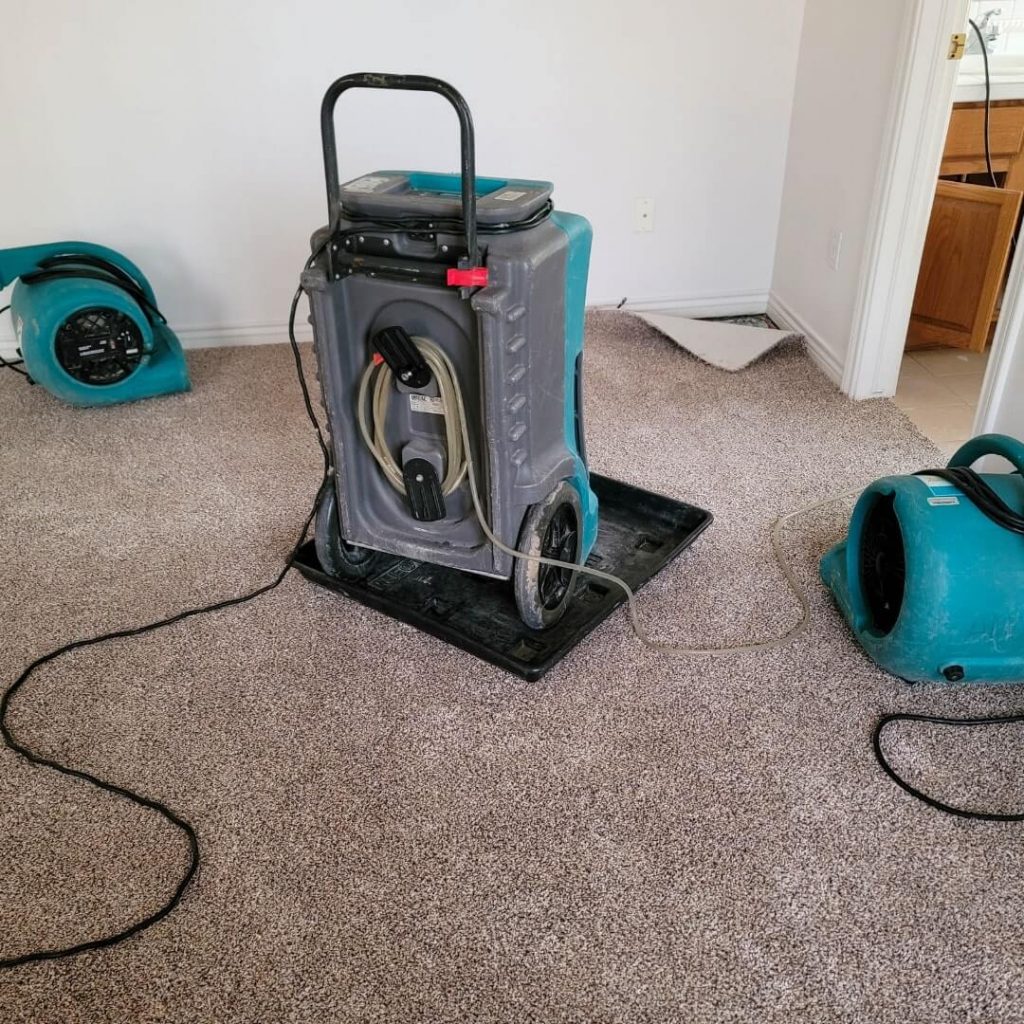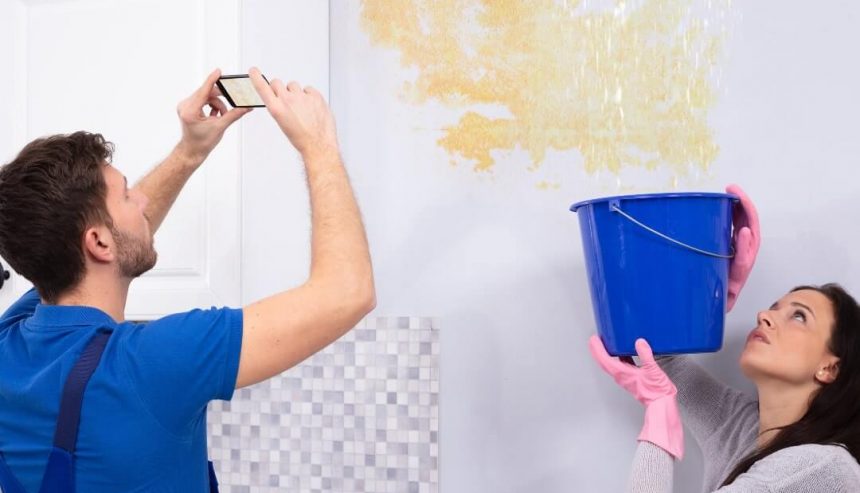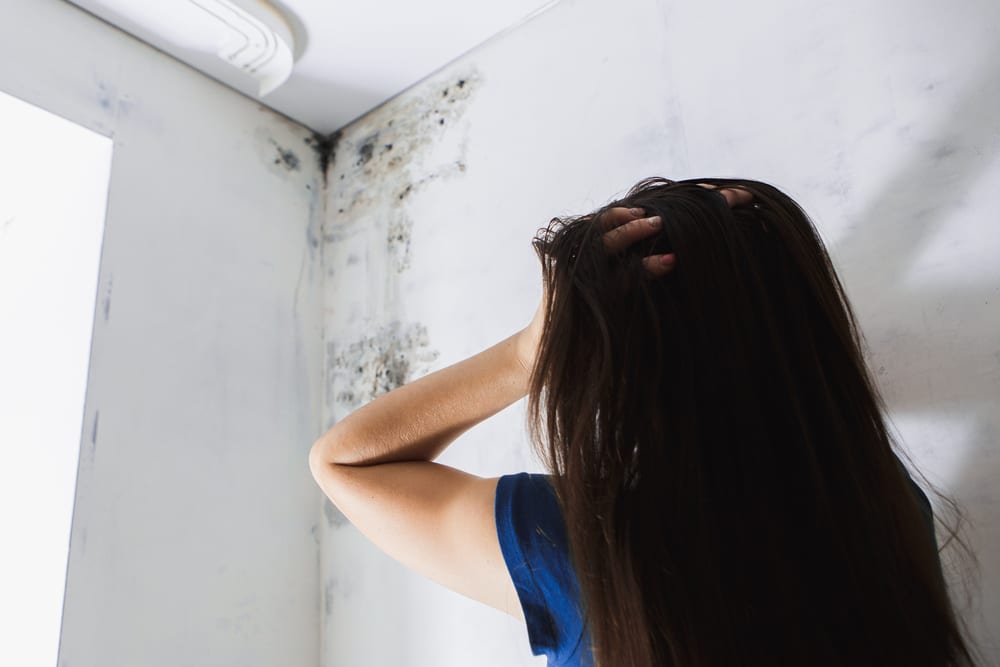Water damage is any destruction caused by water intruding where it shouldn’t. It can wreak havoc on your property’s structural integrity, affecting walls, floors, and even the foundation. The longer water sits, the more damage it causes, making timely intervention crucial.
This damage can also lead to secondary issues such as mold growth, which further complicates the restoration process and can result in additional expenses if not properly handled.
Common Causes of Water Damage
Before diving into restoration, it’s important to recognize what causes water damage. Common culprits include:
- Burst Pipes: Often from freezing temperatures or old plumbing systems. When temperatures drop, water inside the pipes can freeze and expand, causing the pipes to burst. Regular maintenance and insulation can help prevent this issue.
- Leaking Roofs: Usually results from damaged shingles or severe weather conditions. Over time, roofs can develop weak spots or lose shingles, allowing water to seep in during heavy rains.
- Flooding: Natural disasters or improper drainage systems. Flooding can occur suddenly and have devastating effects, especially if your home is not adequately prepared.
- Appliance Malfunctions: Dishwashers, washing machines, and water heaters can all be sources of leaks. Regular inspections and maintenance can help catch potential problems early, preventing leaks that can lead to significant water damage.
Understanding these causes can help prevent future occurrences and identify the signs early. By being proactive, homeowners can take steps to minimize risks and protect their property from water damage.
The Importance of Professional Water Damage Restoration
While some homeowners might consider tackling water damage on their own, professional water restoration offers several advantages that can save time and money in the long run. Professionals bring much expertise and specialized equipment that can address the issue more effectively than DIY methods. Additionally, they can identify and mitigate potential problems that may not be immediately apparent to the untrained eye.
Quick and Efficient Water Mitigation
Professional water damage restoration teams have the latest tools and technology to remove water from your home quickly. This process, known as water mitigation, is crucial to prevent further damage and involves:
- Water Extraction: Using powerful pumps and vacuums to remove standing water. This step is essential to halt the spread of water and reduce the risk of further damage.
- Drying: Employing industrial-grade dehumidifiers and air movers to dry affected areas. Quick and thorough drying prevents secondary damage and inhibits mold growth.
- Sanitizing: Cleaning and disinfecting to remove any lingering contaminants and prevent mold growth. This step ensures the environment is safe and healthy for occupants, eliminating health risks associated with bacteria and mold.
Preventing Mold and Mildew
One of the most significant risks following water damage is mold growth. Mold can start developing within 24 to 48 hours after water exposure, posing health risks such as allergies and respiratory problems. Professional water damage restoration services include mold remediation to ensure your home is safe and healthy. These services involve identifying and removing mold, as well as addressing the conditions that foster its growth, thereby preventing recurrence.
Protecting Structural Integrity
Water can compromise the structural components of your home. Professionals assess the damage and ensure the affected areas are properly repaired or reinforced. This not only maintains the safety of your home but also preserves its value. By addressing structural issues promptly, you avoid more extensive and expensive repairs down the line, ensuring the longevity and stability of your property.
The Water Damage Restoration Process

Understanding the steps involved in professional water damage restoration can help homeowners appreciate the complexity and thoroughness of the service. Each step addresses the specific aspects of water damage, ensuring a comprehensive recovery process.
Initial Inspection and Damage Assessment
The process begins with a detailed inspection and assessment of the damage. Professionals identify the water source, categorize the level of water contamination, and develop a comprehensive restoration plan. This stage is crucial for determining the scope of work and prioritizing tasks to ensure efficient restoration.
Water Removal and Extraction
Next, they focus on removing standing water using industrial equipment. This step is critical to prevent further saturation and damage. By swiftly eliminating excess water, professionals reduce the risk of structural issues and create a safer environment for further restoration efforts.
Drying and Dehumidification
After extraction, the drying process begins. Dehumidifiers and air movers are strategically placed to dry out walls, floors, and other affected areas thoroughly. This step is vital to prevent mold growth and ensure that all moisture is removed from hidden areas, such as behind walls and under floors, where it can cause long-term damage.
Cleaning and Sanitizing
Cleaning is an integral part of the restoration process. Professionals use specialized products to sanitize and deodorize the area, ensuring no harmful bacteria or unpleasant odors linger. This step not only addresses hygiene concerns but also restores the aesthetic appeal of the affected areas, making them safe and comfortable for occupants.
Restoration and Repairs

Finally, the restoration process involves repairing or replacing damaged materials. This may include drywall repair, floor replacement, and repainting. The goal is to return your home to its pre-damage condition. This comprehensive approach ensures that all visible and hidden damages are addressed, leaving your home in optimal condition.The Risks of DIY Water Damage Repair
While DIY solutions may seem appealing, they often lack the thoroughness and effectiveness of professional services. Here are a few risks associated with handling water damage repair on your own:
- Incomplete Water Removal: Without proper equipment, it’s challenging to remove all water, leading to hidden moisture that can cause mold. This oversight can result in long-term health risks and additional repair costs.
- Inadequate Drying: Household fans and heaters are insufficient for drying soaked materials, resulting in prolonged exposure to moisture. This can lead to structural damage and an environment conducive to mold growth.
- Missed Mold Remediation: DIY efforts may overlook mold growth, leading to health risks. Without professional assessment, mold can spread unchecked, posing serious health hazards to occupants.
- Structural Oversights: Without expertise, you might miss critical structural issues that need attention. Failing to address these can compromise the safety and integrity of your home, leading to more extensive damage over time.
Conclusion
Water damage can be devastating, but with prompt and professional intervention, you can prevent long-term issues and restore your home to its former glory. By opting for expert water damage restoration services, you protect your investment, ensure your family’s health, and regain peace of mind. Don’t wait until it’s too late—address water damage immediately to safeguard your home and your future.
Professional services, like us at PuroClean of Ormond Beach, offer the expertise and resources necessary to handle water damage effectively. We provide reassurance and security for homeowners facing this challenging situation.




 PuroClean of Ormond Beach
PuroClean of Ormond Beach